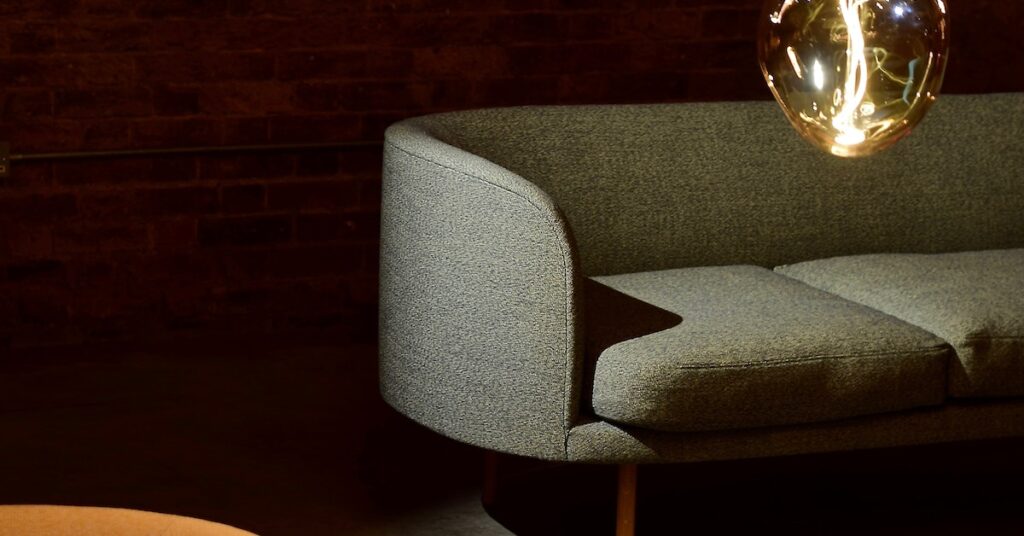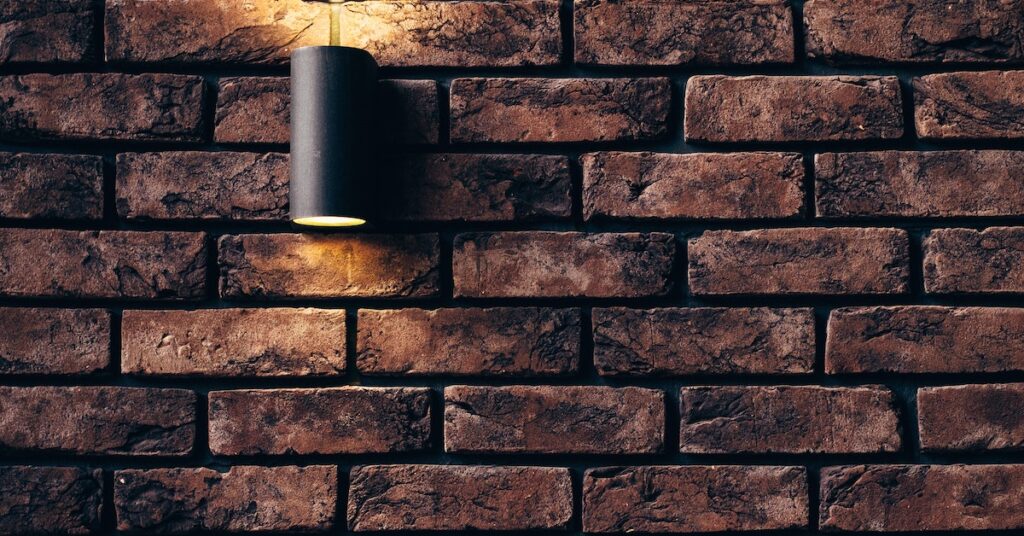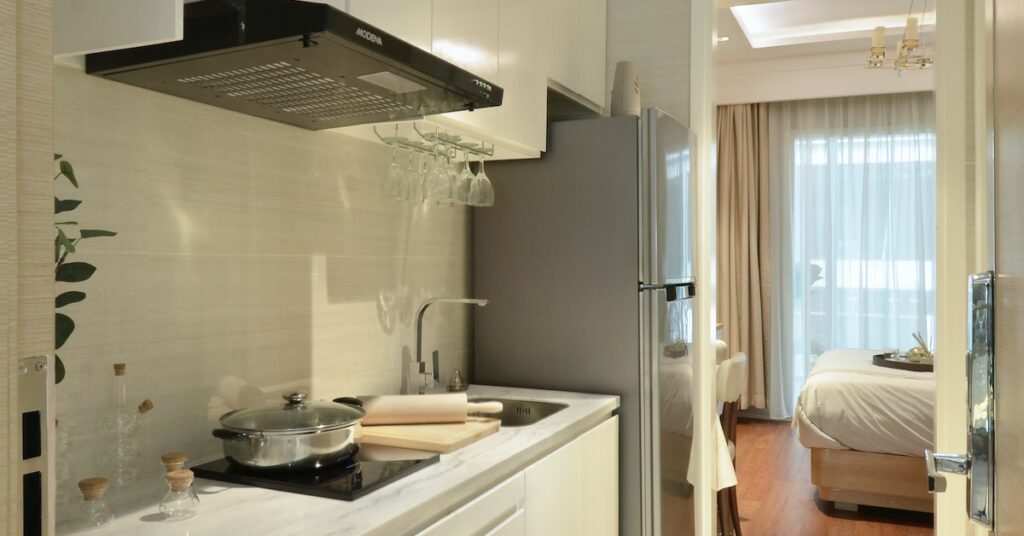Located in Tokyo, Contemporary Art Museum Tokyo collects more than 5,500 pieces of art and over 270,000 books. It is dedicated to the contemporary art movement and aims to address the latest artistic endeavors both at home and abroad. Its diverse programming includes permanent exhibitions, collaborative projects, and art library.
Yayoi Kusama’s “Infinity Mirror Rooms”
Yayoi Kusama’S “Infinity Mirror Rooms” are immersive artworks that invite you to experience different levels of reality. The largest and most immersive of the three Infinity Mirror Rooms is “Love is Calling,” which is a room filled with polka dots and glowing inflatable forms that gradually change color. The room also features a recitation of one of Kusama’s love poems, which will make you feel as if you are part of the experience.
Kusama’s mirrored rooms have been one of her most famous series for the past half-century, and her new book explores the significance of her work. The book includes the artist’s own words and interviews, as well as a scholarly chronology.
The artist began creating her Mirror Rooms series in 1963, and it’s difficult not to feel drawn to her work. Her work explores ideas about space, distance, and creative possibility. Her latest exhibition at Tate Modern will feature two of her light installations.
While the light installations are the center of the exhibition, the gallery also contains portraits of the artist and pictures of her performances. These are a combination of earnestness and sexiness, but also the absurd. The exhibition also features a short film of Kusama’s studio, which was rediscovered by British academic John Jones.
The artist’s “Infinity Mirror Rooms” are a stunning example of a work of art that combines an intense concern with space and perspective. This piece in particular explores the infinite possibilities of the human imagination. “Love” is an enduring theme for Kusama.
The installation is made of mirrored cubes with LED lights that pulsate with a rhythm. The experience is surreal and hypnotic. Kusama’s work is interactive, involving the viewer directly in the process.
The Infinity Mirror Room is similar to her other works, and has mirrored walls, a water floor, and a marked platform. The installation has a multi-coloured strobe light that reflects back and forth from mirror to mirror. It takes 45 seconds for visitors to walk through the installation.
Gutai Art Exhibition
The Gutai Art Exhibition is a great opportunity for visitors to discover the latest trends in modern Japanese art. The exhibition features works by leading contemporary Japanese artists, photographers, graphic designers, and illustrators. Visitors can also enjoy a variety of performances and film screenings, as well as interactive installations and a hands-on activity station.
This exhibition charts Gutai’s visual, conceptual, and theoretical works. It is organized in chronological and thematic sections. The exhibition features a wide range of work, including paintings, sculptures, and installations, ranging from kinetic light to sound art. The exhibition also includes a selection of the artist’s publications.
The Gutai Art Association was founded in Ashiya, a town located between the industrial-mercantile centre of Osaka and the port city of Kobe. It began its organized activities in January 1955 with a hand-printed volume of black-and-white reproductions by seventeen of its members. The Gutai journal was part of a strategic vision developed by artist Jiro Yoshihara.
In 1954, the artists of Ashiya, a town in Japan, formed the Gutai Art Exhibition. The founder of the Gutai, Jiro Yoshihara, was an influential figure in Japan’s post-World War II art world. In addition to organizing an outdoor exhibition, Yoshihara encouraged his members to create work that went beyond the traditional framework. Yoshihara’s vision earned the Gutai group worldwide recognition in the late ’50s. Although the group disbanded in 1972, the Gutai spirit lives on amongst artists today.
The Gutai group was credited with bringing performance art to Japan. Their events were held in public spaces and sometimes on theater stages. The artists’ unique creations were not easily replicated. Kazuo Shiraga, for example, wrestled in a pool of mud and painted with his feet, a performance he performed in 1955.
The Gutai Art Association is a group of avant-garde Japanese artists that spans two generations. Throughout its 18-year history, the group has exhibited the work of 59 Japanese artists. The name Gutai means “concreteness”, and the artists of the Gutai Art Association embraced this concept by taking on innovative artistic challenges.
Yamatane Museum of Art
Located on the edge of Tokyo, the Yamatane Museum of Art is a contemporary art museum featuring a collection of contemporary Japanese paintings and watercolors. The collection also includes a variety of Japanese paintings from the Nihonga period. In addition, the museum is home to a number of permanent and temporary exhibitions.
The collection at the Yamatane Museum of Art focuses on contemporary Japanese paintings in the nihonga style. The museum’s mission is to pass on the fascination of nihonga to future generations. Over 1,800 pieces of art are on display in the museum.
The museum features five to six exhibitions a year. The museum focuses on contemporary Japanese paintings, oil paintings, and Japanese prints (ukiyo-e). The museum has more than 1800 pieces of art, including four Important Cultural Properties. It is a great place to get lost in the works of contemporary Japanese artists.
There are no smoking or eating in the exhibition rooms, and videotaping is prohibited. Visitors are also asked to refrain from using electronics such as cell phones and laptops while in the museum. Visitors are encouraged to follow the instructions given by the staff. Parking at the museum is limited, so visitors are encouraged to use public transportation.
Among the best contemporary art museums in Tokyo, the National Art Center, Tokyo is one of the largest. It spans 14,000 square meters and features a distinctive exterior design. It has more than five hundred pieces of modern and contemporary art and is famous for its unconventional collections. While it doesn’t have a permanent collection, it hosts the works of many famous artists. The museum also has a number of programs for the public.
In addition to its permanent collection, the museum has a rotating collection of Japanese paintings, including Nihonga watercolors. The museum also has a cafe with matcha green tea and Japanese sweets. If you’re interested in purchasing Japanese art, the museum has several tea sets.
This modern art museum in Tokyo is home to a wide variety of contemporary and traditional works. The permanent collection features work by Hiroshi Senju and Miya Ando. Its mission is to foster a new generation of Japanese painters. Its museum is an ideal place to view Japanese paintings.








